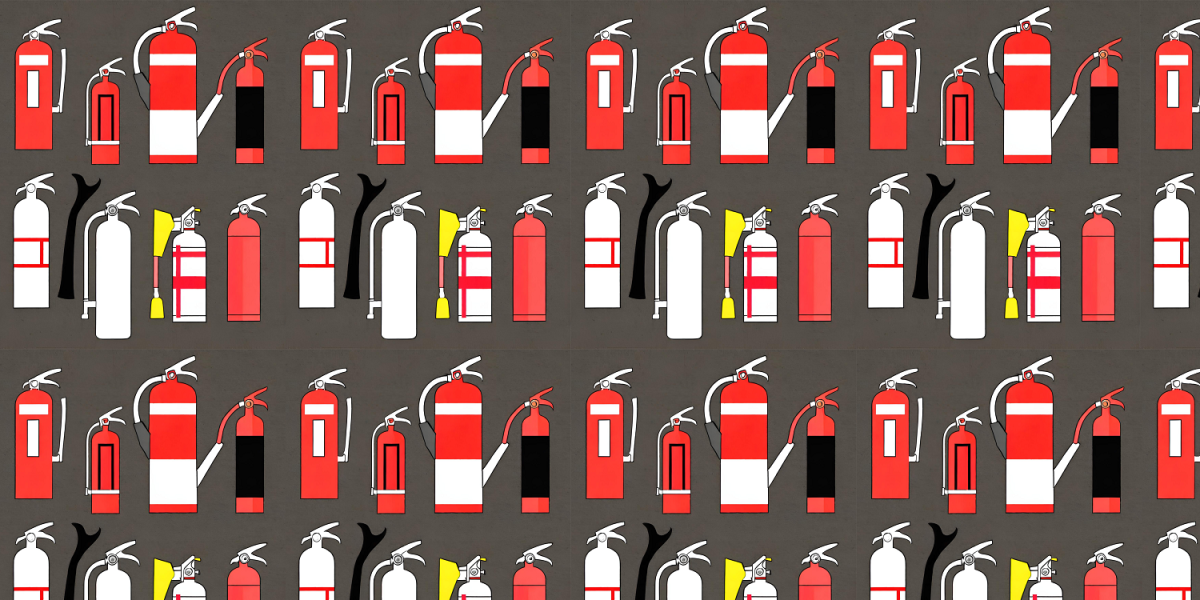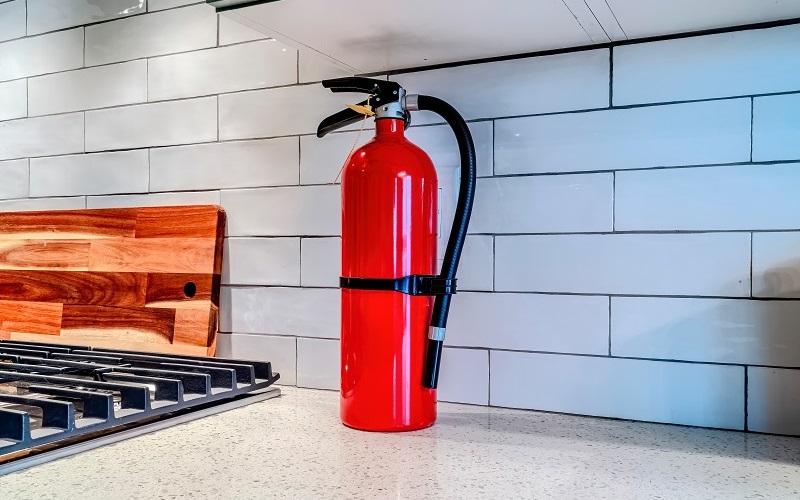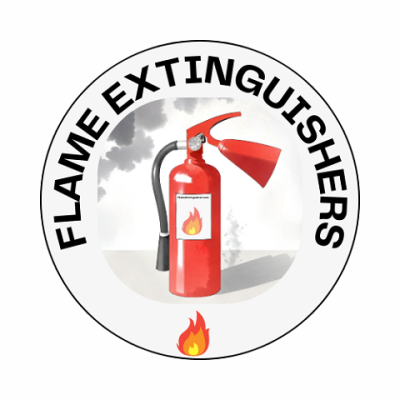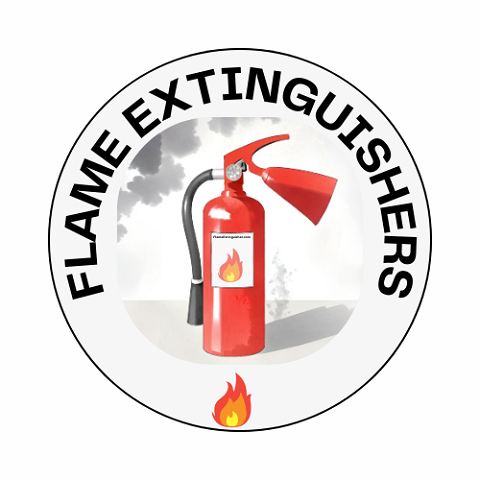Hey, folks, Michael McCloud here, your go-to guy for all things fire safety. Today, we’re diving into the world of refillable fire extinguishers – the silent protectors standing between you and a potential blaze. We’ll break down the pros, cons, costs, available options on amazon and realistic scenarios where these bad boys can make all the difference.

Types of Refillable Fire Extinguishers:
The ability to be refilled largely depends on the design and construction of a fire extinguisher. Generally, the following types of fire extinguishers are refillable:
1. Water Fire Extinguishers (Class A): Water fire extinguishers, suitable for Class A fires involving ordinary combustibles like wood and paper, are often refillable. These extinguishers typically need to be emptied, inspected, and refilled by a professional after use or during regular maintenance.
2. Foam Fire Extinguishers (Class A and B): Foam extinguishers, effective for both Class A and B fires (involving flammable liquids), can often be refilled. Like water extinguishers, they need to be emptied and refilled by professionals.
3. Dry Chemical Fire Extinguishers (Class A, B, and C): Dry chemical extinguishers are versatile and come in various types suitable for Class A, B, and C fires. Many dry chemical extinguishers are refillable, but it’s crucial to ensure that the specific type you have can be refilled.
4. CO2 (Carbon Dioxide) Fire Extinguishers (Class B and C): CO2 extinguishers, designed for electrical fires (Class C) and flammable liquids (Class B), are often refillable. Like other types, they should be inspected and refilled by professionals to maintain their effectiveness.
5. Clean Agent Fire Extinguishers (Class A, B, and C): Clean agent extinguishers, which use non-conductive and environmentally friendly agents, are typically refillable. These extinguishers are suitable for Class A, B, and C fires.
It’s important to note that the refillability of a fire extinguisher depends on its design, the extinguishing agent used, and the manufacturer’s specifications. Always refer to the manufacturer’s guidelines and consult with a professional fire safety service to ensure proper maintenance and refilling procedures. Attempting to refill a fire extinguisher without the necessary expertise can compromise its effectiveness and safety.
Pros of Refillable Fire Extinguishers:
1. Cost Efficiency: Refillable extinguishers may have a higher upfront cost, but in the long run, they’re the frugal firefighter’s choice. Instead of buying a new extinguisher every time it’s used, you can simply refill it, saving you both money and resources.
2. Environmentally Friendly: Speaking of resources, refillable fire extinguishers are the eco-conscious choice. The ability to recharge and reuse means less waste in landfills, making them a sustainable option for those who want to protect both their homes and the planet.
3. Tailored Firefighting: Refillable extinguishers come in a variety of types, each designed to tackle specific classes of fires. From wood and paper (Class A) to flammable liquids (Class B) and electrical fires (Class C), you can choose the extinguisher that fits your specific needs. It’s like having a firefighter’s toolkit at your fingertips.
Cons of Refillable Fire Extinguishers:
1. Initial Cost: We can’t ignore that elephant in the room – the upfront cost. Refillable extinguishers might hit your wallet a bit harder initially. However, remember, it’s an investment in long-term fire safety.
2. Maintenance Awareness: Unlike their disposable counterparts, refillable extinguishers require more attention. Regular inspections, maintenance, and refilling are essential to keep them battle-ready. If you’re not a fan of a little TLC for your safety gear, this might not be the choice for you.
3. Weight and Size: Depending on the type and size, refillable extinguishers can be bulkier and heavier than their disposable counterparts. While it might not be an issue for home use, it’s worth considering if you’re looking for something more portable.
Best Refillable Fire Extinguishers on Amazon:
Estimated Costs to Refill/Recharge a Fire Extinguisher:
The cost to refill or recharge a fire extinguisher can vary based on several factors, including the type of extinguisher, the extinguishing agent used, and local service provider rates. Here’s a general overview of estimated costs:
- Water, Foam, and Dry Chemical Fire Extinguishers:
- Refilling these types of extinguishers typically costs between $15 and $50, depending on the size and type. Dry chemical extinguishers, especially those with specialty agents, may be on the higher end of this range.
- CO2 (Carbon Dioxide) Fire Extinguishers:
- Refilling CO2 extinguishers tends to be more expensive, ranging from $35 to $75 or more. CO2 is a specialized extinguishing agent, and its cost contributes to the higher refill expenses.
- Clean Agent Fire Extinguishers:
- Clean agent extinguishers, which use environmentally friendly agents, can be among the more costly to refill. Estimates range from $50 to $150, depending on the size and type of clean agent used.

Realistic Scenarios for Refillable Fire Extinguishers:
Now, let’s talk about when these bad boys come into play. Picture this – you’re in the kitchen, attempting to perfect your Grandma’s fried chicken recipe. Suddenly, the oil in the pan gets a little too excited, and before you know it, you’ve got a Class B fire on your hands. Enter the refillable fire extinguisher, tailor-made for extinguishing those grease and oil fires.
Or, imagine you’re working away in your garage, surrounded by power tools and electrical equipment. A spark catches, and you’ve got a Class C fire. Refillable extinguishers designed for electrical fires become your superhero cape in this situation, allowing you to smother the flames and save the day.
Refilling a Pressurized Water Extinguisher:
FAQs About Refillable Fire Extinguishers:
Q: How often should I refill my fire extinguisher?
A: Fire safety experts recommend an annual inspection and refill if needed. Regular maintenance ensures your extinguisher is always ready for action.
Q: Can I refill a fire extinguisher myself?
A: While it’s possible to recharge some extinguishers at home, it’s strongly recommended to have a professional handle this task. DIY attempts can result in improper refilling, compromising the effectiveness of the extinguisher.
Q: Are refillable fire extinguishers better than disposable ones?
A: It depends on your needs. Refillable extinguishers offer long-term cost savings, environmental benefits, and the ability to tackle specific fire classes. Disposable ones are more straightforward but may be costlier in the long run.
Q: How do I know if my refillable fire extinguishers need maintenance?
A: Regularly check the pressure gauge. If it’s in the green zone, your extinguisher is good to go. If not, or if you notice any damage, it’s time for professional inspection and maintenance.
Q: Can I use a refillable fire extinguisher on all types of fires?
A: No, each type of fire extinguisher is designed for specific classes of fires. Make sure you choose the right one for the potential fire risks in your environment.
So there you have it, folks – the lowdown on refillable fire extinguishers. They may have their quirks, but when it comes to standing up against the flames, these are the unsung heroes you want by your side. Stay safe, be prepared, and may your fires always be in the grill, not in your home.
Our Term of the Day:
Backdraft: The rapid reintroduction of oxygen into a fire-depleted environment, leading to a sudden and explosive reignition.




